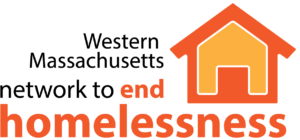The National Low Income Housing Coalition just released its annual report, The Gap: A Shortage of Affordable Homes, which finds a shortage of nearly seven million affordable and available rental homes for extremely low-income renters. Even before the COVID-19 public health and economic crisis began, low-income households struggled to find decent, affordable homes.
The report also provides Massachusetts‘ numbers:
298,370: Number of extremely low income renter households: 298,370
48: Number of affordable and available rental homes per 100 extremely low income renter households:
60%: Extremely low income renter households with severe cost burden: 60%
Western Massachusetts is no exception, as reflected in the recent release of the Greater Springfield Area Housing Study, the first report of a multi-phase project studying Pioneer Valley housing issues produced by the UMass Donahue Institute, Way Finders, the Community Foundation of Western Massachusetts, and the Metropolitan Springfield Housing Study Advisory Committee
The Network’s Fiscal Year 2022 Budget Priorities and Legislative Priorities are critical responses to this housing crisis.
On a national level, the NLHIC report calls for policies that would ensure everyone has access to affordable, stable housing: expansion of rental assistance to all eligible households; significant and sustained investments in the national Housing Trust Fund, public housing, and the preservation of the existing affordable housing stock; a permanent National Housing Stabilization Fund to prevent evictions and homelessness; and robust protections to keep renters stably housed.

